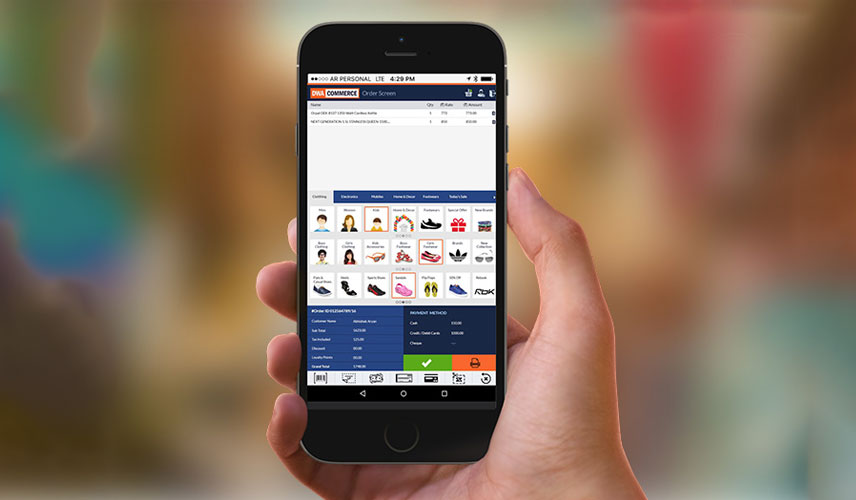What Are B2B Payments? Definition and How to Process Them
If you run a business that sells products or services to other businesses, you need to understand how to process B2B payments. B2B stands for business-to-business, and it refers to transactions between companies rather than between companies and consumers (B2C) or between consumers (C2C). B2B payments can involve large amounts of money, complex invoicing and billing procedures, and various payment methods. In this blog post, we will define B2B payments, explain their importance, and provide some tips on how to process them efficiently.
Definition of B2B Payments
B2B payments are any financial transactions that occur between two or more businesses. These transactions can involve the exchange of goods, services, or money. B2B payments can be initiated by either the buyer or the seller, and they can be made in different ways, such as:
- Wire transfers: electronic transfers of funds between banks
- ACH (Automated Clearing House) transfers: electronic transfers of funds between accounts
- Checks: paper documents that authorize the transfer of funds
- Credit cards: electronic payments that use credit lines
- E-wallets: digital wallets that store payment information
B2B payments can also involve different types of invoices and billing methods, such as:
- Purchase orders: documents that specify the goods or services to be delivered and their prices
- Invoices: documents that request payment for goods or services already delivered
- Statements: documents that summarize the account activity and outstanding balances
Importance of B2B Payments
B2B payments are essential for the functioning of the global economy. They enable businesses to buy and sell goods and services, invest in growth and innovation, and create jobs and wealth. B2B payments also have some unique features that distinguish them from other types of transactions, such as:
- Higher transaction volumes: B2B transactions can involve larger quantities of goods or services than B2C transactions, which require more complex logistics and supply chains.
- Longer payment cycles: B2B transactions can take longer to complete than B2C transactions, as they often involve negotiations, approvals, and multiple stakeholders.
- Higher security risks: B2B transactions can be more vulnerable to fraud, errors, and cyberattacks than B2C transactions, as they involve larger sums of money and sensitive information.
Therefore, it is important for businesses to have a robust and secure system for processing B2B payments.
How to Process B2B Payments
Processing B2B payments can be a complex and time-consuming task, but there are some best practices that can help you streamline the process and reduce errors and delays. Here are some tips:
- Choose the right payment methods: Depending on your business needs and your customers' preferences, you may want to offer multiple payment methods or restrict them to specific ones. Make sure you understand the costs, risks, and benefits of each method and communicate them clearly to your customers.
- Use electronic invoicing and billing: Paper-based invoices and bills can be prone to errors, delays, and loss. Electronic invoicing and billing can save time, reduce costs, improve accuracy, and provide better tracking and reporting.
- Automate payment processing: Manual payment processing can be labor-intensive, error-prone, and slow. Automating payment processing can save time, reduce costs, improve accuracy, and provide better visibility into cash flow.
- Monitor payment status and disputes: Keeping track of payment status and resolving disputes in a timely manner can help you avoid late payments, overdrafts, and legal issues. Use software tools or hire professionals to help you manage these tasks.
By following these tips, you can improve your B2B payment processing efficiency and customer satisfaction.








